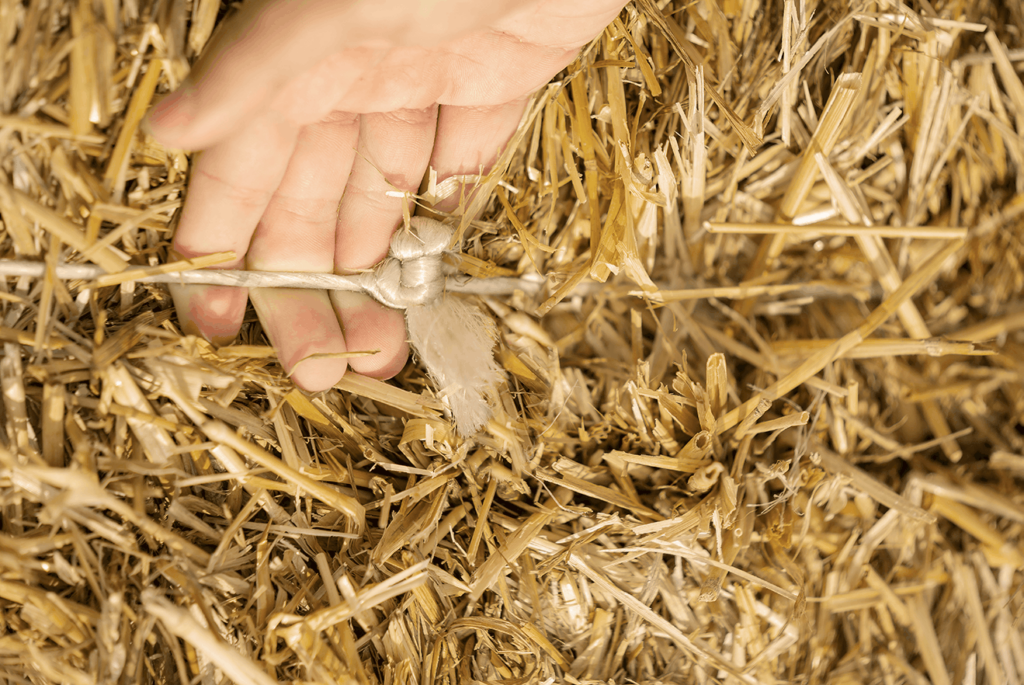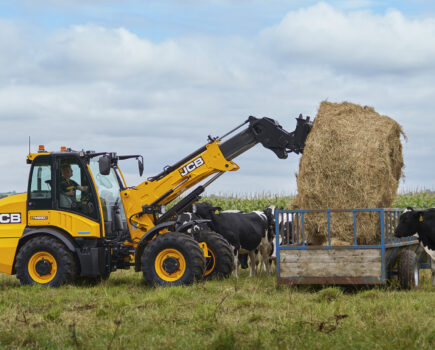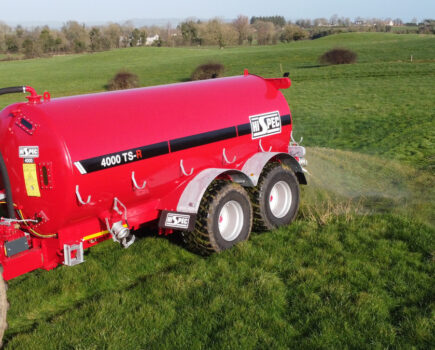The new knotter system is combined with redesigned needles and a new needle yoke reclaim system. Mounted in a stronger frame to withstand higher plunger loads, with electric knotter fans to keep the units clean, the LB4 XL six TwinePro knotters use a simple system to create a high-strength loop knot, allowing the operator to use maximum achievable density with a wide range of twines without the risk of bales bursting. The loop-knotting process eliminates offcuts left loose either on the bale – so improving forage quality – or in the field, hence reducing environmental impact.
“The new TwinePro knotter system offers multiple benefits, not only for the owner and operator, but also for livestock and for the environment”, says Maxime Rocaboy of Case IH.
“Key advantages include the prevention of animal feed contamination and environmental impact by eliminating twine offcuts that can find their way into both the forage and the field. TwinePro knotters also provide a significant increase in tensile strength, and increased daily productivity from greater baling efficiency with reduced twine breakage risk.”
Primary elements of the system include a new third knotter camgear that adds a third billhook rotation for an active release of the loop knot. There is also a new twine disc with two external notches rather than four, which releases the pressure on the twine at the second knot formation, with an integrated pin lifting the twine disc holder to allow the twine to escape from the disc instead of being cut. The knotter camgear drive powers the twine disc, bill hook and knife arm.
“With TwinePro, once the first standard knot is tied, a second knot – the loop one – is created for additional bale security,” explains Maxime Rocaboy.
“Not only does this loop knot provide increased strength of up to 30% according to twine manufacturer TAMA, resulting in greater baling efficiency and productivity, but it enables well-tied bales of standard density to be made using lower-cost twine, or higher densities to be achieved with standard twine.”






